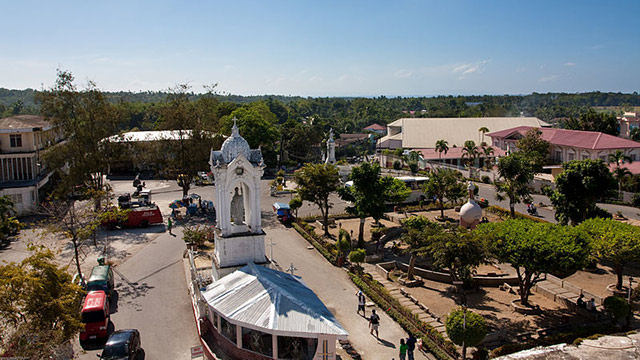SUMMARY
This is AI generated summarization, which may have errors. For context, always refer to the full article.

MANILA, Philippines – The city of Carcar in Cebu is known to many as “The Heritage Town of Cebu,” but the government has yet to officially declare it a national cultural heritage zone.
Since the 13th congress, representatives of Cebu’s 1st district – of which Carcar is a part – have pushed for measures seeking to preserve the city’s historical and cultural structures.
In fact, the National Historical Commission of the Philippines (NHCP) already recognizes four 19th century houses located in the city as national historical landmarks: Balay na Tisa, Ang Dakong Balay, the Mercado Mansion, and the Silva House.
These houses are said to be the first privately-owned ancestral houses in southern Cebu recognized and protected by NHCP, said an Inquirer report.
Carcar was officially declared a heritage town in 2002 when the Carcar Heritage Conservation Society (CHCS) blocked a road project that threated to destroy famous landmarks in the city, like the Rotunda located in the heart of the town proper.
‘Protecting Carcar’s integrity’
Cebu Rep Gerald Anthony Gullas Jr filed House Bill 1340 seeking the government’s aid in preserving, restoring, and maintaining Carcar’s historical landmarks.
Upon its passage, the law will mandate the Department of Tourism (DOT) and the local government to keep streets, parks, monuments, buildings and even natural bodies of water “as close as possible to their form when the area was of greatest importance to Philippine history.”
Gullas said this would help foster tourism in the city.
“We have to move fast to protect the integrity of Carcar’s historical and cultural structures, including various works of art, which now form part of the national treasure,” he said.
According to the city government’s website, Carcar has over the years stood as the center of culture and arts of south Cebu.
It is also the home town of playwrights, renowned musicians and artists. The city thrives with its “underground economy” — small-scale enterprises (like chicharon-making) and cottage industries.
Carcar was established as a municipality in 1599, and later upgraded into a city by 2007. – Rappler.com
Add a comment
How does this make you feel?
There are no comments yet. Add your comment to start the conversation.